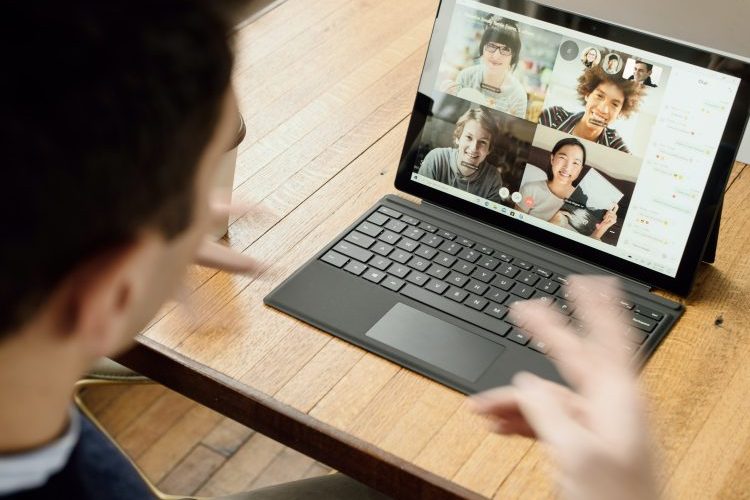
When hosting a virtual video meeting, there are steps you can take to ensure your meeting is inclusive of all people, no matter of hearing, seeing, or cognitive impairments. While this post is geared towards making Microsoft Teams meetings accessible, most of these points aren’t exclusive to Microsoft Teams, but also apply to Zoom or other services.
- Have an agenda. State what your meeting is about up front – this makes it easier for people to follow along.
- When sharing a video of yourself, use good lighting so that those with visual impairments can see your lips and facial expressions.
- If sharing a video, give an audio description of what you look like and what is in your video background. This gives equal information to non-sighted users.
- If sharing your screen, ensure font size is bumped up. If you are sharing a screen from a large external monitor, viewers who only have a laptop or phone may not can see those details. Bumping up the font size enables everyone to follow your text.
- Many services, such as MS Teams, allow for live captions. Describe to your audience how to access those from within the MS Teams menu.
- Asks folks who aren’t speaking to remain muted.
- If you post images in the meeting chat, provide text descriptions of what the images convey.
- Use plain language, and consider using full phrases instead of abbreviations and company lingo. This helps new people as well as those who just don’t work daily in the same context as you do.
- Describe imagery used in your presentation. Saying, “On this slide is a chart showing our stock price at a steady incline from January 2021 at the price of $45 up until December 2022 where the price is $60”.
- Provide time for questions and answers, and offer to do so after the meeting as well.
- Send a recap of the meeting discussion points to the participants. Include other meeting materials, such as any shared presentations, or a link to the video of the presentation itself.
With the tips above, this will help make meetings more accessible to all. Do you have additional tips for making virtual meetings accessible? If so, please send them over!
